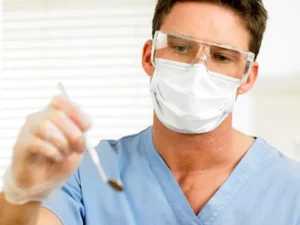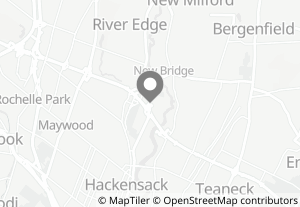Eye safety in your dental practice

Preventing eye infections or other eye-related injuries is an important aspect of any dental office’s safety protocol. Patients, clinicians and assistants should be protected against common eye hazards.
As a refresher to eye safety in your dental practice, here are a few pointers to ensure you, your staff and your patients stay safe.
Understand the risks
While the risk of bacterial or viral infection exists in any medical setting, it’s especially important to protect against:
- Ocular contusion – Cuts and lesions caused by accidentally striking the eye with clamps, instruments or other sharp objects.
- Particle transfer from equipment – Small particles can shoot from dental equipment at fast rates.
- Conjunctivitis – Waterline contaminants entering the eye
- Radiation or UV light – Curing lights can damage eyes in the absence of a UV filter.
Follow OSHA standards
The Organization for Safety and Health Administration (OSHA) requires impact resistant and ANSI-certified protective eyewear or face shields be provided for all employees. Patients should also be supplied with protective eyewear in the dental setting.
Safety glasses must be worn at any time where there’s a possibility that blood, bodily fluids, chemicals or debris will splash or splatter. Suitable UV protection must be worn when utilizing ultraviolet radiation.
Points to consider regarding protective eyewear
- Wash and disinfect eyewear between patients even if the glasses are not visibly soiled. An intermediate level disinfectant must be used when blood is likely to be present.
- Anti-fogging goggles are preferable for procedures that involve overspray or cavitation.
- Protective masks may be preferred over safety goggles for staff members who wear prescription glasses.
- Glasses, goggles and shields must be well-fitted to avoid sliding.
- Bear in mind that multiple options may be required for different types of lasers in your dental practice. Lens color and protection level may change depending on the equipment to be operated.
The use of magnifying loupes in lieu of safety goggles
Dentists who routinely wear lighted or non-lighted magnifying loupes should consider purchasing a pair that include eye protection in the design. Note that safety loupes must be professionally fitted for each individual wearer to ensure a snug fit.






